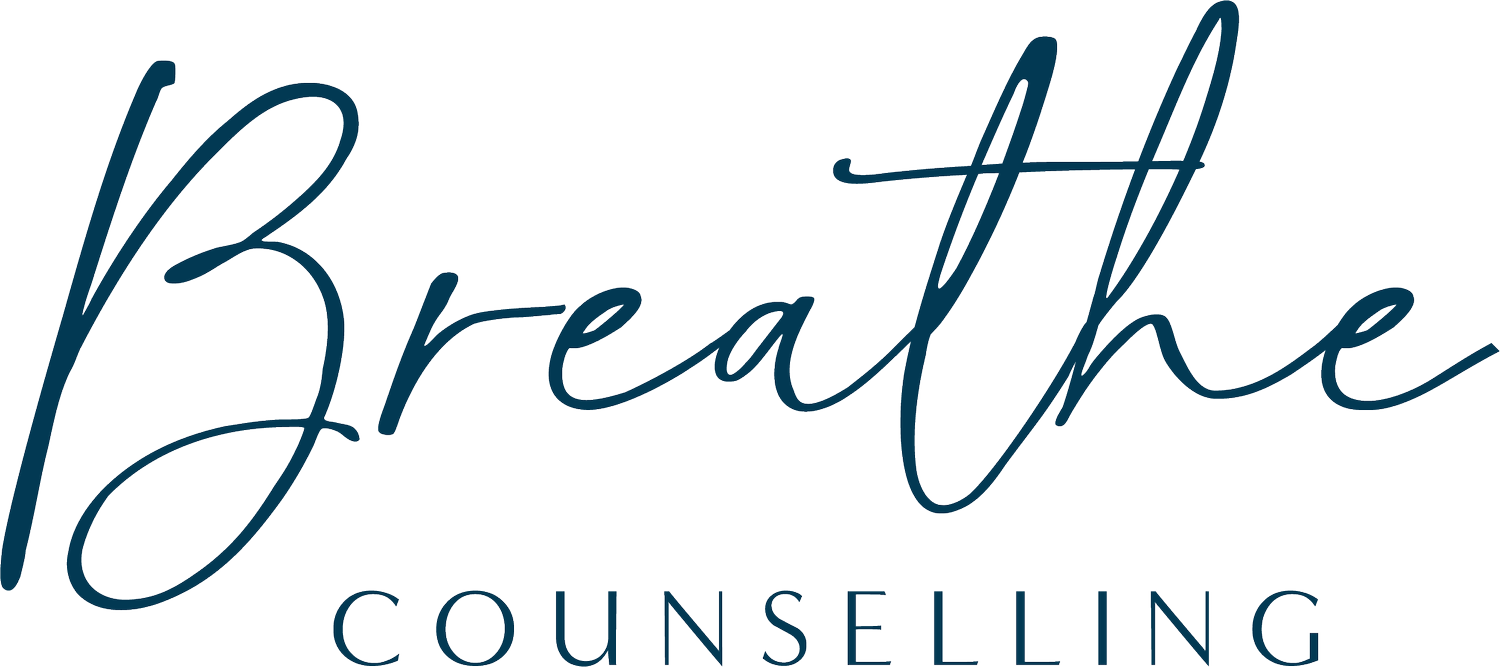Our Stress Buckets
I want to emphasize why discussing mental health is so important. Mental health includes our emotional, psychological, and social well-being. It affects how we think, feel, and act. It also helps determine how we handle stress, relate to others, and make choices. So your mental wellness plays a large role not only in your personal life, but most certainly in your work life as well. I decided a good way to present my blog posts would be to have a specific topic that I will touch on and discuss within the realm of mental wellness. Since the notion of mental health is quite a large umbrella, my goal was to find a single topic with a takeaway that is executable and practical and something that can fit in all of our schedules and lives. Because I think the important thing is not only to have information presented, but also to understand from a practical standpoint how we can put those things into action.
So, for today’s topic, I thought I would touch on the topic of coping with stress and anxiety. I think a good analogy for quantifying this is to look at the idea of a stress bucket (this metaphor is not mine; it was developed from an idea by Brabban and Turkington (2002).
A stress bucket is essentially imagining you have a bucket you carry around with you which gradually fills up when you experience different types of stress. If you are experiencing a high amount of stress, the bucket will soon fill up. The size of the bucket varies from person to person and can change on a day-to-day basis. Often times, our buckets can be full even before we begin our work weeks or days.
Causes of stress can include:
work
family life
lack of sleep/fatigue
dealing with change
diet
As a visual metaphor, if you imagine a drink dispenser type object, just imagine that the stress bucket has a tap at its base. The tap is a way to let stress out of the bucket so that the bucket does not overflow. The tap symbolizes stress release mechanisms – the activities you do which help to relieve accumulated stress. It is important that the stress input does not exceed the stress output. There are various ways to relieve stress that are simple to do.
These include:
rest and relaxation
doing something positive you enjoy such as reading or going for a stroll in the park
talking to trusted people
If there is something you have done in the past to help relieve stress, it will likely help again. The key here is to recognize when your stress bucket is full so that you can take the appropriate actions to relieve yourself of those stress factors.
We are all unique so it’s really valuable to take some time to understand what is filling up your stress bucket, and to figure out what helps you relieve stress. Remember, your mood, behaviour, and actions don’t just affect you, but they can significantly affect others around you, whether inside or outside of the workplace.
So as a takeaway, any time you feel overwhelmed anxious, or just not yourself, think about that mental image of your stress bucket and how you can ensure it doesn’t overflow.
Cheers, and remember to Breathe.
— Written by Aman Dhaliwal, Registered Social Worker & Owner, BA, MSW, RSW.
Breathe Counselling is a south Edmonton-based mental health clinic in Alberta, designed to listen, help, and coach those needing counselling and therapy. We specialize in anxiety & depression, work stress management, life transition & loss, cultural therapy for newcomers, men’s counselling and couple’s counselling. Hindi, Punjabi and Urdu counselling services are available through in-person, virtual or phone call sessions by visiting breathecounselling.ca.
